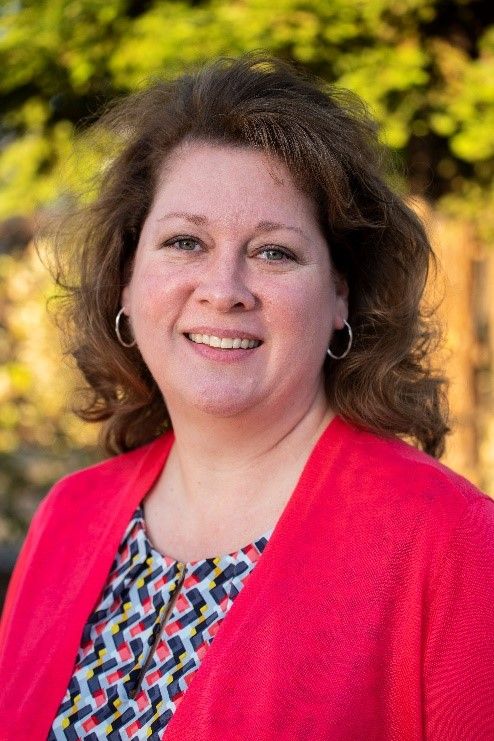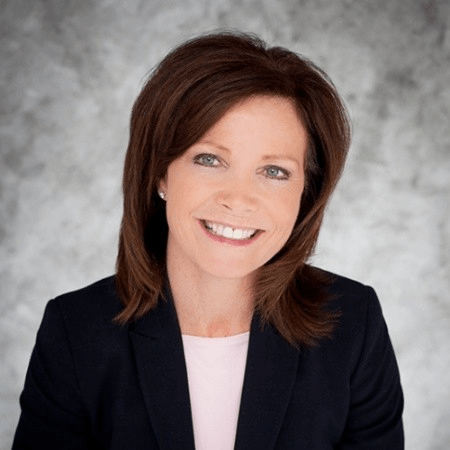
In last month’s blog, I discussed the wide gap between words and deeds among Colorado energy companies on the issue of stakeholder engagement, and how that disparity finally caught up with them in last year’s election. Sooner or later, I believe that same tendency to favor talk over action will hit providers of electricity. I’m talking about the critical role that organizational culture plays in an organization’s success or failure. I have blogged about this topic frequently. Like here. And here. And here.
Organizational culture is the accumulated set of practices and beliefs about how work
These days, most energy industry conferences have at least one speaker, or one panel, on reshaping an organization’s culture. It’s basically a full-employment season for management consultants, particularly those specializing in organizational change. Recently, I attended a one-day conference devoted exclusively on how energy companies could create a culture that would enhance their chance for success in a fast-changing environment.
The conference had some great speakers and insights, which I’ll get to shortly, but I’m sorry to say that the importance the conference producers at Become Kinetic placed on organizational culture does not appear to be widely shared by leaders at energy companies.

Crisis? What Crisis? Overlooking Culture Means Overlooking Employees
Cases in point: Two major industry surveys this year, from Black & Veatch and Industry Dive, failed to even mention organizational culture as a top-of-mind concern for providers of electricity.
Instead, both survey summaries had detailed (and well-informed) discussions of what keeps executives awake at night: cybersecurity, regulatory mandates, distributed energy resources, aging infrastructure, integrating renewable energy into the grid, optimizing the generation mix, flat to negative load growth, retiring generation assets, redesigning prices, electric vehicles and the like. All valid, but all external.
The answer to meeting nearly all of these external threats lies within, in the hearts and minds of your employees. Not enough power-company leaders seem to believe that, judging from their survey responses.
The situation is not black and white. I am sure some leaders get it, just as I am sure that some companies are implementing truly exciting transformational changes. I don’t know what occupies the thoughts of every executive at every power company. I only know what the surveys, a useful proxy for that, tell us, as well as what I learn from clients and colleagues.
Janet Kieffer (right) is a management consultant whose company, INFLUENCE, is a close observer of the war for talent at energy companies. She’s been speaking at industry conferences about how energy companies can attract, and retain, Millennials. She didn’t speak at the Kinetic conference, but she and I recently discussed the apparent disconnection between executives’ words, and their deeds, on the subject of Millennials as well as organizational culture in general.

She suggested that energy company leaders are so accustomed to thinking about the external business environment that their field of vision sometimes overlooks employees. It’s like a person with farsightedness can see things that are far away, but are less able to see things that are right in front of them.
Enlisting Culture, and Employee Communications, in Change Management
In a recent article for California Water & Power magazine, I interviewed leaders and front-line employees at several California publicly owned utilities (POUs) to learn how they were trying to reorient their organization’s culture and mores.
A lot of it came down to asking different questions during the interview process. The traditional skills-based approach to hiring or promoting a candidate is to check the box for that candidate’s education, professional certifications and time in a salary grade. Traditionally, if the candidate was a jerk with the right skills, he or she was hired or promoted because there was no box for behavior or attitude on the traditional interviewer form.
While not jettisoning skill-based interview questions entirely, a growing number of California POUs are asking candidates behavioral questions to determine if they could be a good cultural fit in the utility’s workplace.

I also quoted Megan Work (right), a principal with the organizational effectiveness practice of Point B, a Seattle-based consulting firm. “There’s a massive amount of change going on in the energy and water businesses. Companies in those businesses need employees who are agile, comfortable with technology and able to operate without a detailed checklist for every task.
New Environment, New Values, New Employees
As Christina McClung (left), human resources manager for the Yuba Water Agency, told me, “If a job candidate doesn’t have a lot of hydropower experience, but has transferrable skills from a related background, we can train them. It’s much harder to try to train someone to be an effective team player if they’re missing key competencies,” like being able to work in teams or in a diverse work environment.

“This is likely to be an ongoing struggle because people who have been drawn to the water and power businesses typically have not been excited about change,” she continued.
“It’s a strategic journey,” Work said. “You can’t just talk about it once and expect everyone to get it. Skilled leaders will find ways to
In addition to ensuring a candidate is a good behavioral fit with an organization, companies can use well-established organizational mechanisms
At a high level, this is so obvious as to be almost a “DUH!” moment. But you might be surprised to hear that many utilities fail to use a readily available mechanism of organizational culture to reinforce desired behavior and sanction unwanted behavior. In too many cases, simple, easy-to-see dots are not being connected.

Changing Employee Behavior One Minute at a Time
I was delighted to say that Darla Figoli (left), another speaker at the Kinetic conference, reported her organization, Xcel Energy, was using a well-established practice at her utility to reshape employee behavior and redirect the company’s culture.
Here’s one easy way to do that. Many utilities begin formal meetings with a safety minute to emphasize to all employees, not just those working in the field, the importance of working, and living, safely.
Some time ago I blogged that utilities could use that decades-old practice to focus, or refocus, employees’ attention to the centrality of customers by starting each meeting with a “customer minute,” a brief but real-life glimpse into how actual customers were affected by a utility’s actions, such as increasing prices, changing deposit policies, terminating popular programs or, in the recent case of California shareholder-owned utilities,
Kudos to Xcel Energy for deciding to set an expectation among employees that formal meetings will begin with a “customer minute.”
We could go completely nuts here and suggest energy companies not only consider starting meetings with a “customer minute,” but also think about starting those meetings with an “employee minute,” a real-life vignette celebrating desired behavior by an employee. That could include going the extra mile for a customer, eliminating waste, streamlining processes, collaborating across organizations to forge a creative solution to an intractable problem, or some other example of employee behavior that reflects the leadership’s view of what is needed to succeed today.
Energy companies have the opportunity to reshape their organizational culture and boost their competitive positioning one minute at a time by implementing a “customer minute” and/or an “employee minute” at the start of their meetings. Given all the internal meetings that take place at energy companies, that would be a quick, easy and effective way for supervisors, managers, directors and executives to showcase what change looks like.
Organizational Culture
California POUs share tips for hiring and training the workforce of the future.
In recent years, a growing number of organizations have been working to proactively shape their workforce and change their organizational culture. California’s publicly owned water and electric utilities are part of this trend. Some are using different interviewing tactics, while others are deploying new approaches to training and clarifying organizational values.
Read John’s article in California Water and Power magazine here.


